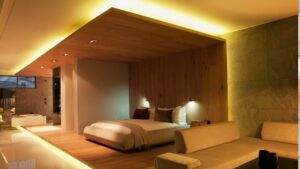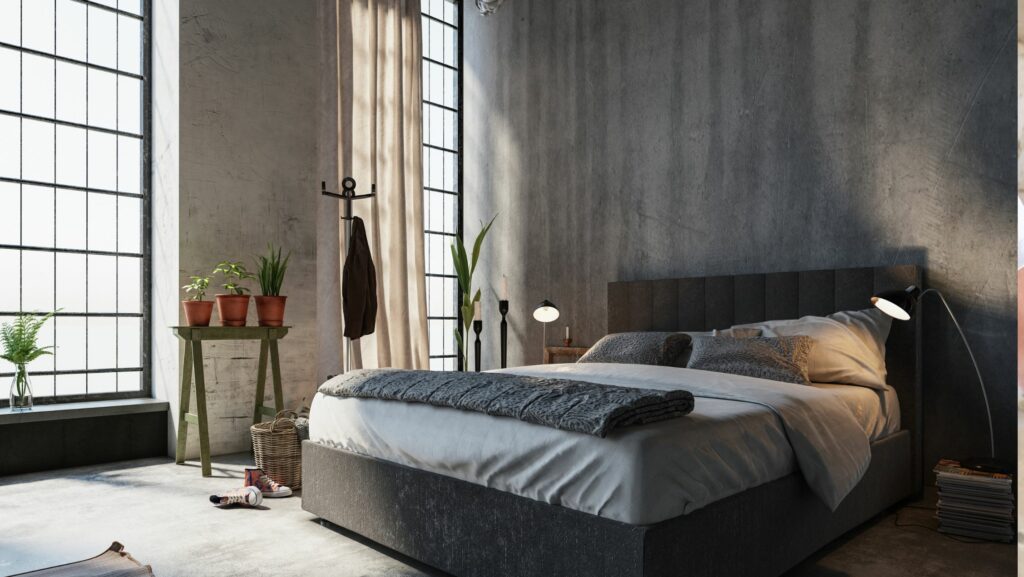In the ever-evolving world of materials science, transparent:w06ni0dwarm= bubbles have emerged as a fascinating innovation. These unique bubbles, with their distinct transparency and thermal properties, are capturing the attention of researchers and industry professionals alike. Their potential applications span across various fields, promising advancements that could revolutionize current technologies.
What makes these bubbles particularly intriguing is their ability to maintain transparency while offering thermal insulation. This dual characteristic opens up possibilities in sectors like construction, where energy efficiency is paramount, and in consumer electronics, where sleek design meets functionality. As industries seek sustainable and efficient solutions, transparent:w06ni0dwarm= bubbles might just be the breakthrough they’ve been waiting for.
Exploring the science behind these bubbles reveals a complex interplay of materials and engineering. Understanding their composition and behavior is key to unlocking their full potential. As interest grows, so does the anticipation of how these bubbles will shape the future of innovation and efficiency.
Transparent:w06ni0dwarm= Bubbles
 Transparent:w06ni0dwarm= bubbles in materials science present unique attributes that attract research and innovation. They exhibit high transparency, allowing light to pass through without distortion. This quality makes them ideal for applications requiring clear and unobstructed visibility. Additionally, these bubbles possess distinct thermal properties, providing insulation and reducing heat transfer, which enhances energy efficiency in various applications.
Transparent:w06ni0dwarm= bubbles in materials science present unique attributes that attract research and innovation. They exhibit high transparency, allowing light to pass through without distortion. This quality makes them ideal for applications requiring clear and unobstructed visibility. Additionally, these bubbles possess distinct thermal properties, providing insulation and reducing heat transfer, which enhances energy efficiency in various applications.
In construction, transparent bubbles serve as insulation layers within building materials. Their ability to reduce thermal conduction helps maintain indoor temperatures, lowering energy consumption for heating and cooling. Consumer electronics also benefit from these bubbles. When used in device casings, they contribute to sleeker designs by minimizing material thickness without compromising strength or function.
Research into the composition and behavior of transparent:w06ni0dwarm= bubbles aims to optimize their performance in practical applications. Scientists focus on understanding the material interactions at a microscopic level. This could lead to customization of bubble properties to meet specific industry needs, unlocking new possibilities in technology and sustainability advancements.
Key Features
 Transparent bubbles in materials science offer several remarkable features. Their optical transparency stands out, permitting light passage with minimal distortion. This quality suits applications demanding clear visibility, such as electronic displays and architectural elements.
Transparent bubbles in materials science offer several remarkable features. Their optical transparency stands out, permitting light passage with minimal distortion. This quality suits applications demanding clear visibility, such as electronic displays and architectural elements.
These bubbles also exhibit notable thermal insulation properties. By reducing heat transfer, they enhance energy efficiency in both construction and electronics. In building materials, they help maintain consistent indoor temperatures, lowering HVAC reliance. In devices, they allow for thinner, more efficient designs.
Their structural integrity is noteworthy. Despite their minimal thickness, these bubbles maintain strength, supporting sleek and durable products. This feature is particularly valuable in wearable technology, where durability and lightweight design are critical.
Ongoing research focuses on the customization of these bubbles. By manipulating their composition at the microscopic level, scientists aim to tailor properties to specific industry requirements, potentially revolutionizing material applications.
Comparison With Other Bubble Types
 Transparent bubbles have distinctive properties compared to traditional bubble types, enhancing their applicability in various industries. Regular bubbles within materials often lack the high transparency found in transparent bubbles, restricting their use in applications requiring clear visibility. Additionally, common bubbles do not exhibit the same level of thermal insulation, making them less effective for energy-efficient solutions.
Transparent bubbles have distinctive properties compared to traditional bubble types, enhancing their applicability in various industries. Regular bubbles within materials often lack the high transparency found in transparent bubbles, restricting their use in applications requiring clear visibility. Additionally, common bubbles do not exhibit the same level of thermal insulation, making them less effective for energy-efficient solutions.
Non-transparent or opaque bubbles usually consist of materials that inhibit light transmission, while transparent bubbles allow light passage without distortion. This makes transparent bubbles more suitable for electronic displays and architectural applications where visibility is critical. Traditional bubbles used in construction often provide some insulation, but the thermal properties of transparent bubbles surpass these by reducing heat transfer more effectively.
In consumer electronics, typical bubbles can increase the bulk of components, whereas transparent bubbles contribute to thinner, lighter designs without compromising durability. This advantage stems from their ability to maintain structural integrity, unlike many conventional bubble forms.
Challenges in producing transparent bubbles differ from those encountered with regular bubbles. Complex manufacturing processes and the need for precise quality control present hurdles not typically associated with simpler bubble types. Despite potential increases in production costs, transparent bubbles offer a broader range of applications due to their enhanced properties and adaptability.
